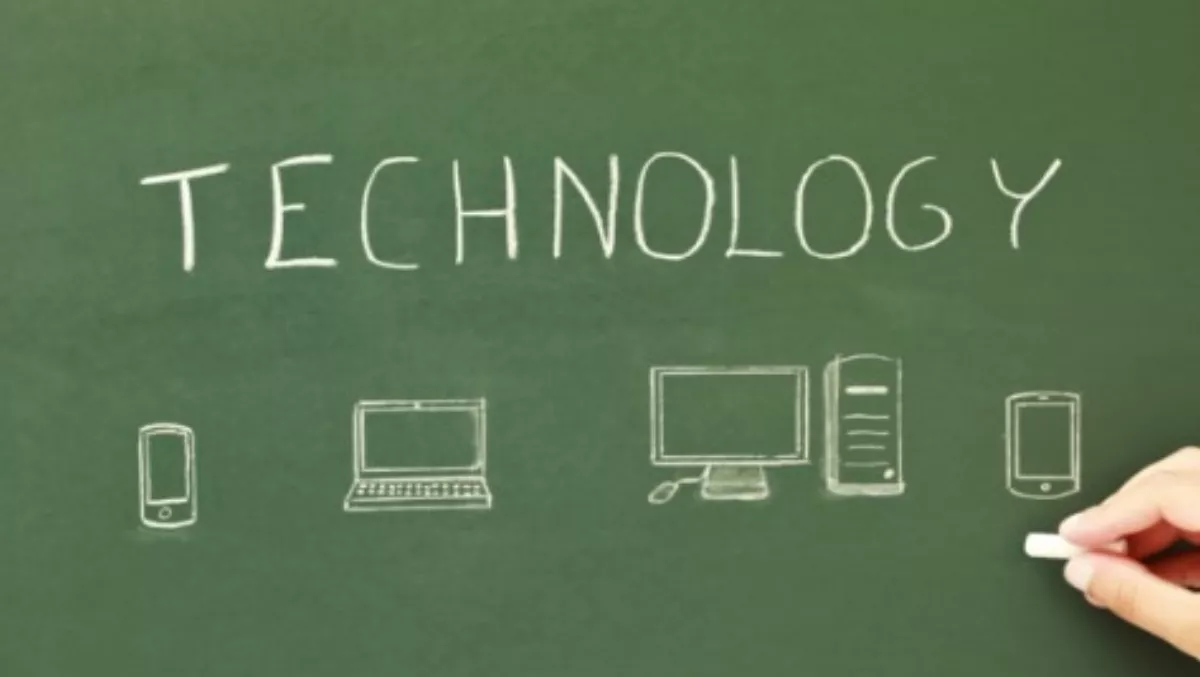
Why digital technologies are used for learning
Digital technologies offer new opportunities for teachers and education leaders, and new ways for parents and communities to contribute to children's learning.
That's the view from the Ministry of Education, who looks at why digital technologies are being used for learning.
"Education is changing," the Ministry says via its government education website. "For many of us, where our children learn, what they learn and how they learn is very different from what we experienced at school.
Digital technologies can enable learning to happen anywhere and at any time, not just in the classroom, the Ministry says.
It allows children to connect and collaborate with other students and teachers outside their school and across the world.
"It is up to schools to decide how they use technology to support teaching and learning, based on what is best for their students and school community," the Ministry says.
School use ranges from having a traditional computer suite in a separate classroom, to providing wireless internet across the school and allowing students to bring digital devices such as tablets or netbooks from home to use for learning, the Ministry explains.
It says digital technologies allow students to understand challenging concepts in virtual worlds that otherwise would not be possible.
Students are able to access a huge range of resources that are available on the internet to support learning, including websites and applications.
In regards to Bring Your Own Device policies, the Ministry says schools are responsible for making sure all children in their school can participate in digital learning opportunities at school if they are unable to bring their own device.
"Digital technologies can have many positive impacts on learning and offer challenging activities and opportunities for real world problem-solving activities," the Ministry says.
The government supports schools by investing in infrastructure so that learning is enabled by the use of digital technologies, the Ministry explains.
"By the end of 2016, almost all schools will be able to connect to ultra fast broadband, have an upgraded internal IT network and be offered a fully-funded Network for Learning (N4L) Managed Network connection that provides fast, high-quality, predictable internet access and uncapped monthly data for school use.
Teachers and principals also receive laptops and can access professional learning supporting information, to "ensure students are best placed to take advantage of technology for learning," the Ministry says.


